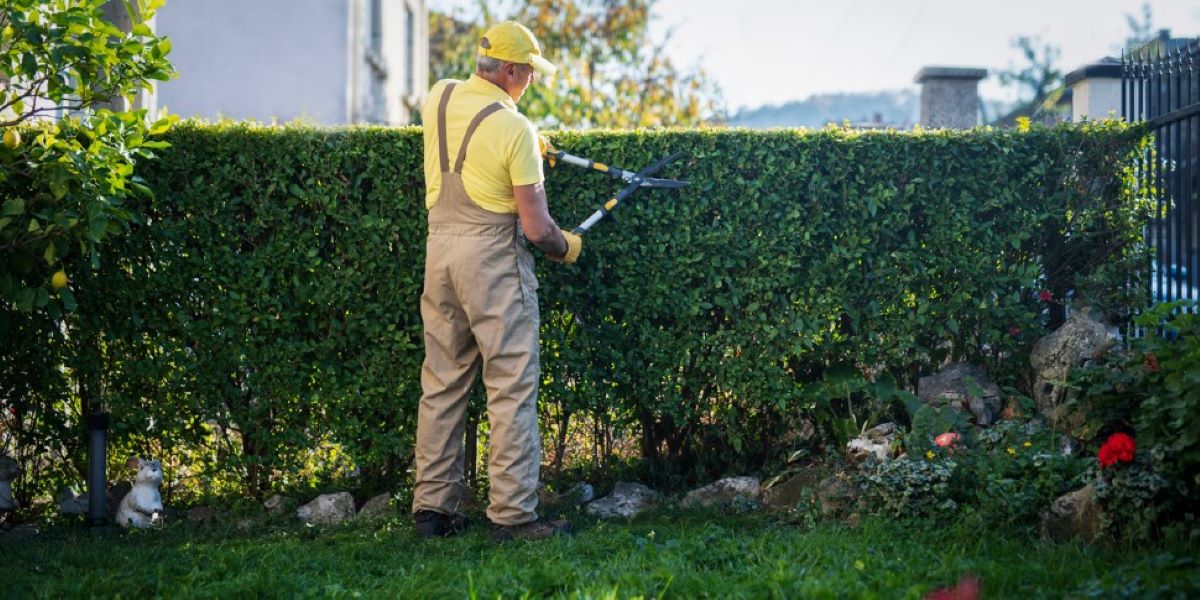When it comes to maintaining the aesthetic appeal and health of your garden, tree pruning plays a critical role. However, many homeowners find themselves perplexed when faced with the costs associated with tree pruning services. Understanding the factors that determine pricing can help you budget accurately and choose the right options for your landscape.
The basics of tree pruning
Before diving into tree pruning cost, it’s essential to grasp the fundamental concepts of tree pruning. Tree pruning is the practice of selectively removing certain parts of a tree, such as branches or buds, to improve its health, maintain its shape, or encourage growth.
What is tree pruning and why is it necessary?
At its core, tree pruning is vital for promoting healthy growth and ensuring safety. Regular pruning can help prevent diseases, improve air circulation, and allow sunlight to reach the lower branches, promoting overall vitality. Furthermore, pruning helps reduce the risk of branches falling during storms, which can pose a danger to people and property. Additionally, pruning can enhance the aesthetic appeal of trees, making them more visually pleasing in gardens and public spaces. A well-pruned tree not only contributes to the beauty of the landscape but can also increase property value, as potential buyers often appreciate well-maintained greenery.
Different types of tree pruning techniques
Various techniques exist, each serving a unique purpose. Some common methods include:
- Thin pruning: Removing selective branches for improved light penetration.
- Reduction pruning: Shortening branches to decrease the size of the tree.
- Deadwood removal: Cutting away dead or dying branches to promote healthy growth.
- Formative pruning: Shaping young trees to encourage strong structure.
Choosing the right technique is crucial, as improper pruning can lead to further damage or disease. Consulting a professional is often the best way to ensure effective techniques are employed. Moreover, understanding the seasonal aspects of pruning is equally important; for instance, many trees benefit from being pruned in late winter or early spring when they are still dormant. This timing not only reduces the stress on the tree but also allows for quicker recovery and growth in the warmer months. Furthermore, different species of trees may have specific pruning needs, so it is advisable to research or seek expert advice tailored to the particular types of trees in your garden or landscape. Learn more about hedge cutting services.
Factors influencing the cost of tree pruning
The cost of tree pruning can vary significantly based on several factors. Understanding these can help you make informed choices when hiring professionals.
The size and number of trees
One of the primary determinants of cost is the size of the tree. Generally, larger trees require more time and specialised equipment to prune effectively. Additionally, if you have multiple trees that need pruning, costs may be calculated per tree, increasing the total bill.
The health and condition of the tree
The tree’s health can also influence costs. A tree in poor condition may require more extensive care, increasing both the labour and time needed for pruning. Trees affected by disease might need additional treatment beyond simple pruning, thus impacting your overall costs.

The location and accessibility of the tree
Accessibility plays a critical role in pricing. Trees located in hard-to-reach areas, like those near power lines or narrow pathways, may require special equipment or additional time, which can drive up costs. Moreover, trees in urban areas may face higher costs due to the need for permits and adherence to local regulations.
The role of professional tree surgeons
Engaging a professional tree surgeon is often the best choice for ensuring the health and safety of your trees. They bring invaluable expertise and experience to the task.
The expertise and experience of tree surgeons
Professional tree surgeons have the knowledge required to assess trees accurately and determine the best pruning techniques suited for each type. Their experience is instrumental in avoiding mistakes that could jeopardise your trees’ health.
The equipment and safety measures required
Tree surgeons use specialised equipment that can be costly to own and maintain. The need for climbing gear, chainsaws, and chippers all adds up. Their methodical approach and adherence to strict safety measures ensure that the job not only meets aesthetic expectations but also safeguards against accidents.
How to budget for tree pruning
Having an idea of what tree pruning might cost is crucial for planning. Knowing the potential expenses will help you create a realistic budget.

Understanding the pricing structure
Typically, tree pruning services may charge by the hour, by the tree, or based on the project’s scope. It’s wise to request several quotes before making a decision. This will give you a comprehensive understanding of average pricing and help identify any unusually high or low estimates.
Tips for saving on tree pruning costs
If budget constraints are a concern, consider these strategies:
- Schedule pruning during the off-peak season to take advantage of lower rates.
- Ask about package deals for multiple trees or long-term maintenance contracts.
- Perform basic maintenance yourself, such as minor trimming, to reduce the overall workload for the professional.
By planning and seeking out potential discounts, you can manage the costs more effectively.
Frequently asked questions about tree pruning costs
As you consider tree pruning, you’ll likely have questions about frequency and the feasibility of DIY options.
How often should trees be pruned?
Generally, trees should be pruned every 3-5 years, but it can depend on the species and growth rate. Some trees, like fruit trees, benefit from annual pruning to enhance production. Consulting with a tree surgeon can help establish the best schedule for your specific trees.
Can I prune my own trees to save money?
While DIY pruning is certainly an option, it’s essential to be cautious. If you lack experience or the proper tools, you could unintentionally harm the tree or put yourself at risk. For significant pruning projects or large trees, hiring a professional is typically the safest route.
In summary, understanding tree pruning costs involves recognising the various factors that influence pricing, the role of professionals, and the importance of budgeting adequately. By arming yourself with knowledge and working with experienced tree surgeons, you can ensure your trees remain healthy and thriving while managing costs effectively.





Comments are closed